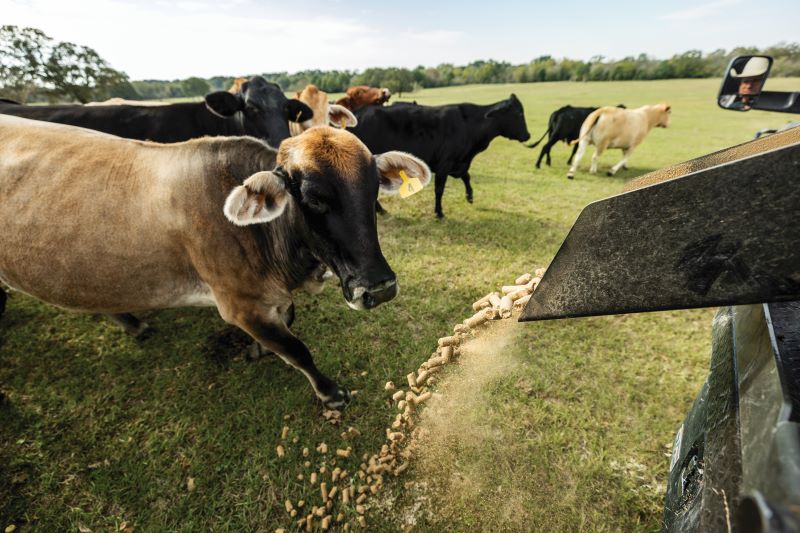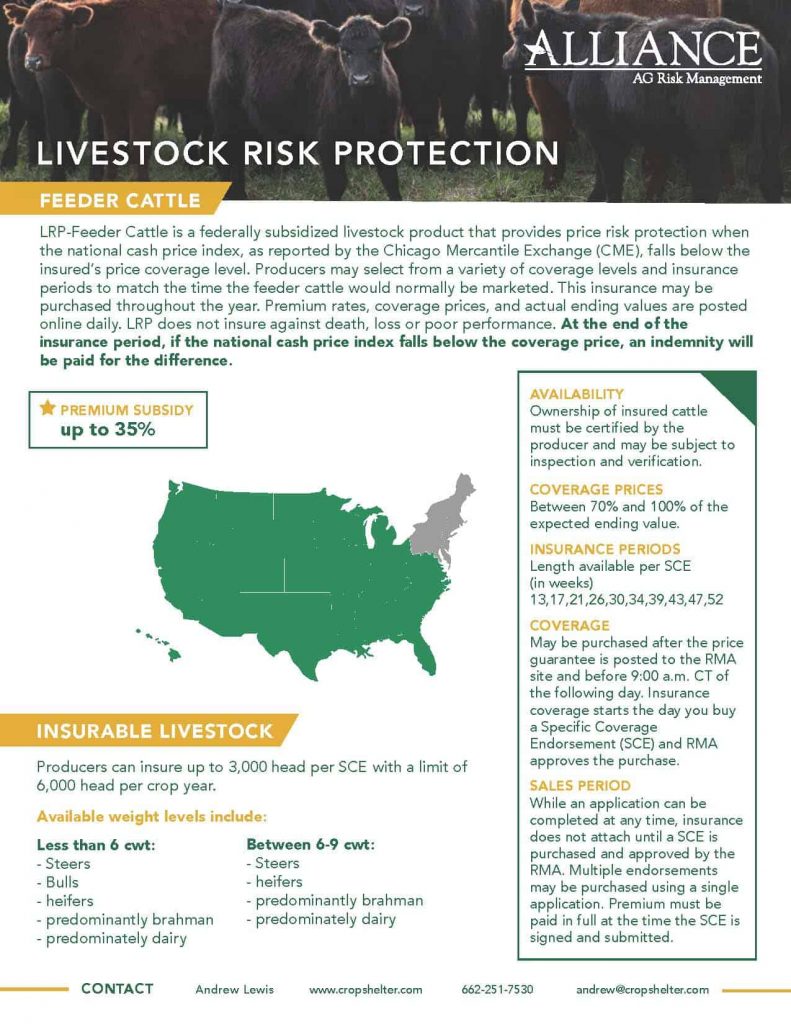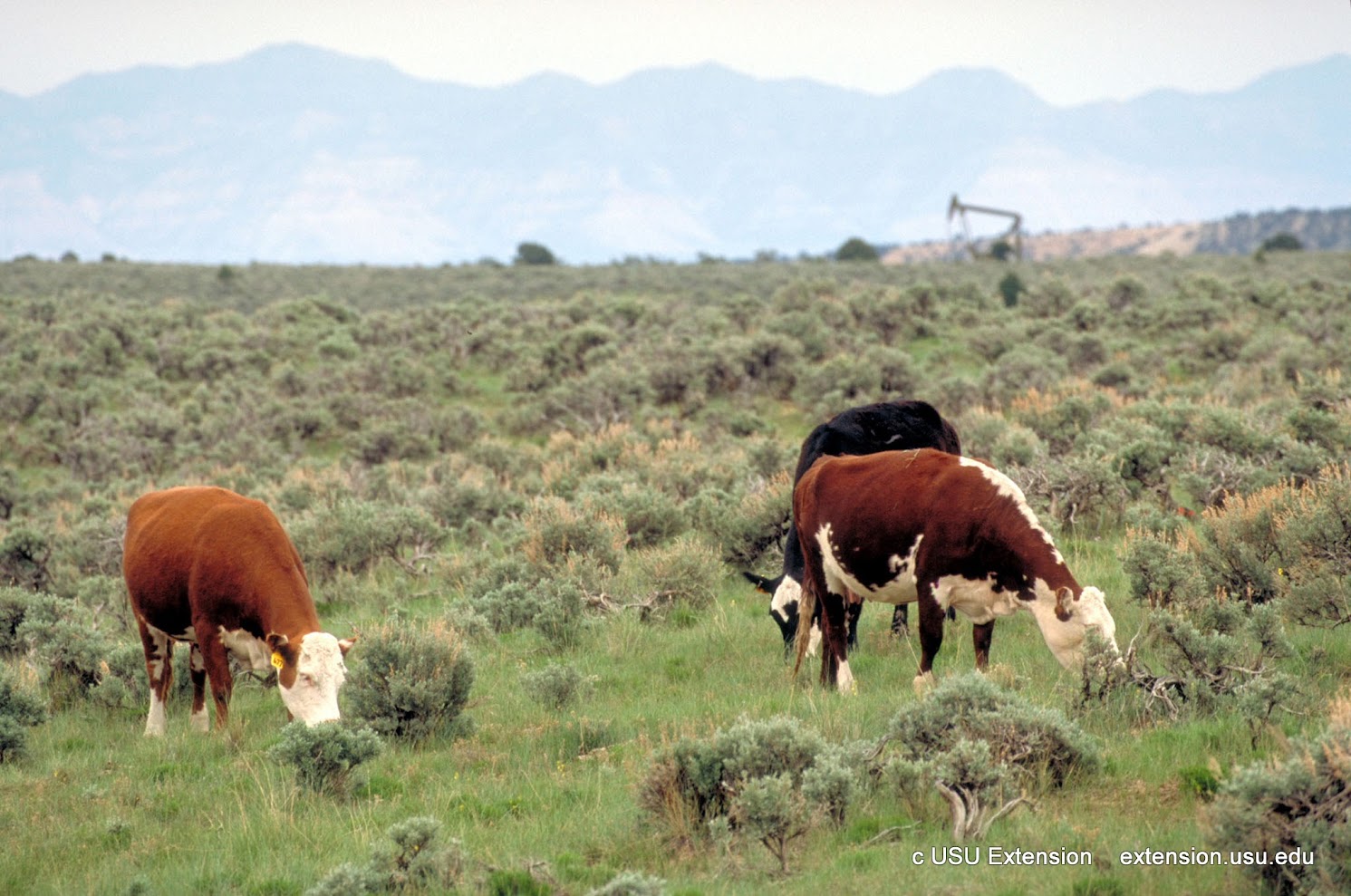Understanding Animals Threat Defense (LRP) Insurance Policy: A Comprehensive Overview
Navigating the realm of livestock danger defense (LRP) insurance coverage can be a complicated undertaking for many in the agricultural industry. This type of insurance policy supplies a safeguard versus market variations and unforeseen circumstances that could impact livestock manufacturers. By comprehending the intricacies of LRP insurance coverage, producers can make informed decisions that may secure their operations from monetary dangers. From exactly how LRP insurance functions to the different insurance coverage alternatives offered, there is much to uncover in this comprehensive overview that might possibly form the way livestock manufacturers approach danger administration in their services.

Exactly How LRP Insurance Coverage Works
Occasionally, comprehending the auto mechanics of Livestock Risk Defense (LRP) insurance coverage can be intricate, however breaking down just how it works can provide quality for ranchers and farmers. LRP insurance policy is a danger monitoring tool designed to shield livestock manufacturers against unanticipated cost decreases. The policy allows producers to set a protection degree based on their details requirements, picking the number of head, weight array, and protection rate. When the plan is in area, if market prices drop below the protection rate, producers can sue for the distinction. It's important to note that LRP insurance policy is not a profits warranty; instead, it focuses only on price danger defense. The coverage period usually ranges from 13 to 52 weeks, supplying flexibility for manufacturers to choose a duration that aligns with their production cycle. By using LRP insurance policy, farmers and breeders can minimize the monetary dangers linked with rising and fall market value, making sure higher stability in their procedures.
Qualification and Protection Options

When it comes to insurance coverage alternatives, LRP insurance policy uses manufacturers the versatility to select the protection level, coverage duration, and recommendations that finest suit their risk monitoring demands. By comprehending the eligibility criteria and insurance coverage choices offered, animals producers can make informed choices to take care of danger efficiently.
Advantages And Disadvantages of LRP Insurance
When evaluating Livestock Threat Defense (LRP) insurance policy, it is necessary for livestock manufacturers to evaluate the downsides and benefits fundamental in this threat management tool.

Among the primary benefits of LRP insurance coverage is its ability to offer protection against a decrease in animals prices. This can help protect manufacturers from economic losses resulting from market fluctuations. Additionally, LRP insurance coverage provides a degree of versatility, allowing producers to personalize coverage levels and policy periods to suit their specific requirements. By securing in an ensured rate for their livestock, producers can better take care of risk and prepare for the future.
One restriction of LRP insurance policy is that it does not safeguard versus all kinds of risks, such as condition outbreaks or natural disasters. It is important for producers to very carefully examine their specific danger exposure and economic situation to identify if LRP insurance coverage is the best danger administration device for their operation.
Recognizing LRP Insurance Coverage Premiums

Tips for Making Best Use Of LRP Benefits
Making best use of the benefits of Livestock Danger Protection (LRP) insurance coverage calls for critical planning and proactive danger monitoring - Bagley Risk Management. To take advantage of your LRP insurance coverage, consider the following tips:
Regularly Assess Market Problems: Remain educated concerning market fads and price changes in the animals market. By checking these factors, you can make informed decisions concerning when to purchase LRP coverage to protect against possible losses.
Establish Realistic Protection Levels: When selecting coverage degrees, consider your manufacturing expenses, market worth of livestock, and potential risks - Bagley Risk Management. Establishing practical insurance coverage degrees makes sure that you are appropriately shielded without paying too much for unnecessary insurance
Diversify Your Insurance Coverage: Rather of depending entirely on LRP insurance, consider expanding your danger management strategies. Combining LRP with various other go to this web-site danger management devices such as futures agreements or alternatives can offer extensive coverage versus market unpredictabilities.
Testimonial and Adjust Coverage Regularly: As market problems change, occasionally examine your LRP coverage to guarantee it aligns with your existing danger exposure. Changing coverage levels and timing of acquisitions can help maximize your danger protection technique. By adhering to these suggestions, you can take full advantage of the benefits of LRP insurance policy and secure your livestock procedure against unanticipated risks.
Verdict
To conclude, animals risk security (LRP) insurance policy is an important device for farmers to take care of the economic risks connected with their animals operations. By comprehending just how LRP works, eligibility and protection alternatives, as well as the benefits and drawbacks of this insurance policy, farmers can make informed decisions to safeguard their resources. By carefully thinking about LRP costs and applying strategies to optimize benefits, farmers can reduce prospective losses and make certain the sustainability of their procedures.
Animals producers interested in obtaining Livestock Risk Security (LRP) insurance coverage can discover an array of qualification standards and insurance coverage options customized to their specific livestock operations.When it comes to protection choices, LRP insurance policy supplies manufacturers the adaptability to pick the coverage level, protection period, and endorsements that best suit their risk administration demands.To realize the intricacies of Livestock Threat Defense (LRP) insurance policy totally, recognizing the variables affecting LRP insurance coverage premiums is essential. LRP insurance coverage premiums are determined by numerous aspects, including the coverage degree selected, the expected price of animals at the end of the insurance coverage duration, the kind of livestock being guaranteed, and the size of the coverage period.Review and Adjust Insurance Coverage Consistently: As market problems change, occasionally evaluate your LRP coverage to guarantee it aligns with your existing danger exposure.